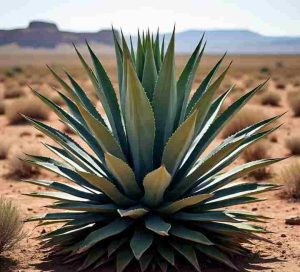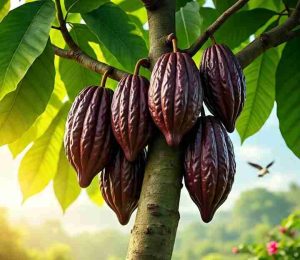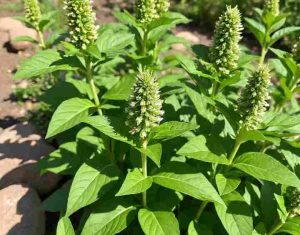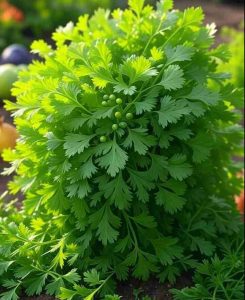Aztlan is the legendary homeland of the Aztec people, a place of origin in their myths and stories. It stands for the rich cultural heritage of indigenous groups in what is now the southwestern United States and northern Mexico. The term “Aztlan herbal remedies” refers to traditional healing practices passed down from Aztec ancestors. These remedies use plants and herbs from the land to support health and well-being. This article talks about these remedies in a simple way. It draws from historical records and modern studies to provide realistic information. Remember, herbal remedies are not a replacement for medical care. Always talk to a doctor before trying any new treatment, especially if you have health conditions or take medicines.
The Roots of Aztlan in Aztec Culture
The Aztecs, also known as the Mexica, were a strong civilization in central Mexico from the 1300s to the early 1500s. They believed they came from Aztlan, a northern land of seven caves, before migrating south. This story connects to the plants and herbs they used for healing. Aztec medicine was holistic, meaning it cared for the body, mind, and spirit together. They saw health as a balance of hot and cold energies in the body, much like some ancient European ideas.
Aztec healers, called ticitl, were trained experts who knew hundreds of plants. They used leaves, roots, flowers, and bark to make teas, ointments, and poultices. These practices are recorded in old books like the Badianus Manuscript from 1552, written in the Aztec language Nahuatl and later translated to Latin. This book lists remedies for body parts from the head to the feet. Another key source is the Florentine Codex by Friar Bernardino de Sahagún, who learned from Aztec elders in the 1500s.
Key Principles of Aztec Healing
Common Aztlan Herbal Remedies
1. Agave (Maguey)

- Apply fresh sap to minor wounds after cleaning them.
- Drink diluted agave nectar tea for digestion (1 teaspoon in warm water).
- Typical dose: Small amounts, 1-2 times a day.
Safety Tips:
- Raw sap can irritate skin if not diluted.
- Avoid if allergic to lilies, as agave is related.
- Do not eat large amounts, as it may upset the stomach.
Studies confirm agave’s compounds help heal skin, much like in modern bandages.
2. CacaoCacao

How to Use:
- Make hot cacao with water, no sugar, and add chili for warmth.
- Use pure cacao powder in smoothies (1 tablespoon daily).
- For skin, mix with ochre for a soothing mask.
Safety Tips:
- Choose unsweetened cacao to avoid added sugars.
- Limit to 1-2 servings a day, as too much caffeine can cause jitters.
- Safe for most, but check if you have migraines.
Modern research shows cacao’s antioxidants reduce swelling and support mood.
3. Epazote

Epazote is a strong-smelling herb used in cooking and medicine. Aztecs boiled it for worm infections, cramps, and gas. It’s oils kill parasites and ease belly pain.
- Add fresh leaves to bean soups for digestion.
- Brew tea with 1 teaspoon dried leaves in hot water.
- Use as a rinse for skin rashes.
Safety Tips:
- Do not use in pregnancy, as it may cause contractions.
- Start with small amounts to avoid nausea.
- Buy from trusted sources to ensure purity.
This herb is still common in Mexican kitchens for it’s real gut-soothing effects.
4. Wormwood (Istafiate)
Wormwood, or Artemisia ludoviciana, was a go to for stomach woes and fevers. Aztecs made teas for diarrhea and liver support. It has bitter compounds that calm the gut.
How to Use:
- Steep 1 teaspoon leaves in hot water for tea, drink once a day.
- Use in baths for sore muscles.
- Mix with honey for throat relief.
Safety Tips:
- Avoid long-term use, as it can harm the liver in high doses.
- Not for pregnant or nursing people.
- Consult a doctor if on seizure meds.
Lab tests shows it’s antibacterial action, linking old uses to new science.
5. Tobacco (Picietl)
Wild tobacco was used carefully for pain and swelling. Aztecs applied leaves to joints or inhaled smoke for asthma. It’s nicotine relaxes muscles but was used sparingly.
- Make a poultice by crushing leaves and applying to aches.
- Use in small amounts in teas for focus.
- Avoid smoking due to health risks.
Safety Tips:
- Nicotine is addictive; use only topically or in tiny doses.
- Not for children, pregnant people, or those with heart issues.
- Modern views limit it due to cancer links.
Historical texts note it’s role in rituals and healing.
6. Amaranth
Amaranth seeds and leaves were food and medicine. Aztecs ate it for strength and used leaves for bleeding or inflammation.
- Cook leaves like spinach for meals.
- Grind seeds into flour for porridge.
- Tea from leaves for blood support.
Safety Tips:
- High in oxalates; limit if you have kidney stones.
- Safe in food amounts.
- Nutritious and gentle for most.
It is packed with protein and vitamins, aiding overall health.
7. Cilantro (Kinza or Coriander)

Cilantro, or coriander leaves, was used for digestion and detox. Aztecs added it to baths and foods for cooling fevers.
How to Use:
- Fresh in salads or teas.
- Infuse in oil for massages.
- Daily in meals.
Safety Tips:
- Some find it soapy-tasting, but it’s safe.
- Avoid excess if on blood thinners.
Fresh and easy, it supports liver function.
Preparation and Daily Use
Aztecs prepared remedies by grinding on stone metates, boiling in clay pots, or infusing in water. Today, they use clean tools and fresh plants. For teas, steep 5-10 minutes. For salves, mix with beeswax. Incorporate into meals for prevention, like adding epazote to beans.
Safety and Modern Views
Herbs are powerful but can interact with drugs or cause allergies. Pregnant people, children, and those with chronic illness need extra care. Buy from reputable sources like certified organic farms. Research from Mexico’s government supports many uses, but more studies are needed.